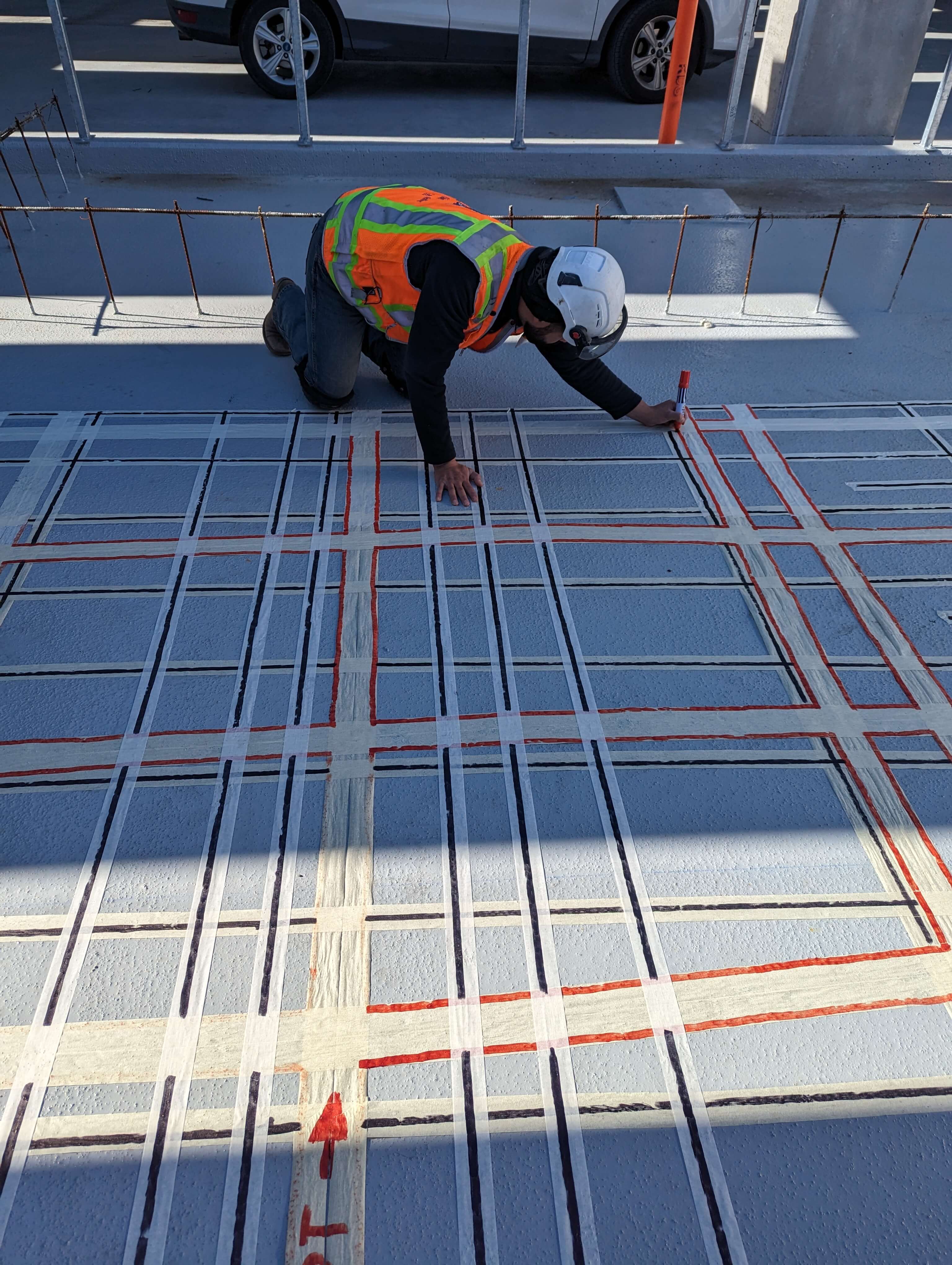Reveal the Transformative Power of Concrete Scanning in Optimizing Efficiency and Safety
Concrete scanning has become a critical device in the construction market, providing unequaled advantages in enhancing task performance and guaranteeing security criteria. By using innovative innovation, concrete scanning allows experts to see beyond the surface, revealing surprise intricacies that could influence the structural integrity of a building. The transformative power of concrete scanning hinges on its capability to offer real-time data and thorough understandings, changing just how jobs are planned and carried out. As we explore the details of this innovative method, a globe of possibilities opens up, showcasing a brand-new age of building methods that prioritize precision and safety.
Significance of Concrete Scanning
Making sure the structural stability and safety of building jobs begins with the critical action of carrying out detailed concrete scanning. Concrete scanning is a non-destructive approach made use of to discover and map subsurface aspects within concrete frameworks. This procedure is important in recognizing possible risks, such as rebar, post-tension wires, and channels, that may be hidden within the concrete. By making use of advanced innovations like ground-penetrating radar (GPR) and electromagnetic induction, building and construction teams can properly situate these components without creating any type of damage to the framework.
In addition, concrete scanning assists in maximizing task timelines and budget by staying clear of unforeseen costs and hold-ups that might emerge due to unanticipated obstructions within the concrete. Ultimately, spending in thorough concrete scanning is a positive approach that enhances both effectiveness and safety and security in construction jobs.
Just How Concrete Scanning Works
Concrete scanning runs as a vital tool in construction projects by utilizing innovative technologies to discover and map subsurface elements without causing architectural damage. Ground Passing Through Radar (GPR) and Electromagnetic Induction (EMI) are 2 primary methods made use of in concrete scanning.
Throughout the scanning procedure, the data accumulated is assessed in real-time, allowing instant identification of possible risks or barriers under the surface area. By using these innovative technologies, concrete scanning significantly lowers the danger of expensive problems and injuries on construction websites.
Advantages of Concrete Scanning
Utilizing sophisticated scanning modern technologies in building projects provides a wide variety of advantages, improving both effectiveness and security on-site. Among the key advantages of concrete scanning is the capability to discover and situate ingrained things such as rebar, post-tension cable televisions, and conduits accurately. By determining these elements before drilling or reducing right into concrete structures, the risk of unexpected strikes is substantially minimized, avoiding prospective injuries to employees and damages to the framework itself. In addition, concrete scanning helps in preparation and creating better, as it supplies precise info regarding the area and depth of architectural components.

Case Research Studies: Concrete Scanning Success

In an additional situation, a building firm used 3D concrete scanning to evaluate look at this web-site the problem of read here maturing concrete structures in a historic structure. The in-depth scans offered important understandings right into the degree of wear and tear and assisted prioritize maintenance efforts successfully. By proactively resolving areas of issue identified through scanning, the firm had the ability to prolong the lifespan of the framework and ensure resident safety.
These case research studies highlight the transformative power of concrete scanning in enhancing effectiveness, accuracy, and safety in building jobs.
Applying Concrete Scanning in Projects
Implementing advanced scanning technologies during construction jobs has ended up being progressively necessary for boosting accuracy and safety and security. By incorporating concrete scanning right into task preparation and implementation, building and construction groups can recognize possible threats, such as rebar or post-tension wires, concealed within concrete frameworks. This positive technique lessens the danger of accidents, hold-ups, and expensive rework, eventually causing a lot more efficient project timelines and spending plans.
To apply concrete scanning successfully, job supervisors should team up very closely with skilled scanning experts to identify the most appropriate scanning strategies for the certain project requirements. Involving scanning professionals from the beginning of a job allows the group to develop detailed scanning plans that resolve crucial areas of problem and make sure complete data collection.
Moreover, integrating concrete scanning into normal project operations can simplify decision-making processes, as real-time scan data offers instant understandings into the problem of concrete structures - Concrete Scanning. This data-driven approach assists in informed analytical and enables groups to make changes immediately, fostering a society of efficiency and security throughout the task lifecycle

Final Thought
Finally, concrete scanning plays a vital role in improving effectiveness and safety and security in building tasks. By utilizing sophisticated modern technology to spot and map out underlying structures within concrete, this process aids to avoid pricey mistakes, ensure architectural stability, and reduce risks on website. With the ability to uncover covert elements and supply exact information, concrete scanning shows to be a useful device for maximizing task outcomes and making best use of overall success.
Concrete scanning is a non-destructive technique utilized to detect and map subsurface elements within concrete frameworks. Additionally, concrete scanning helps in maximizing job timelines and spending plan by preventing unexpected expenses and hold-ups that might develop due to unforeseen blockages within the concrete. One noteworthy situation research study entails a large-scale restoration task where concrete scanning played a crucial duty in ensuring task success.In one more case, a building company utilized 3D concrete scanning to evaluate the problem of maturing concrete frameworks in a historical structure. By incorporating concrete scanning into task planning and implementation, building and construction teams can recognize potential threats, such as rebar or post-tension cable televisions, hidden within concrete frameworks.